Many garage owners try to equip them with maximum functionality ...
|
|
The absence of a water supply in the country causes many problems associated with ... |
High -quality laying of roofing materials provides for insulation and waterproofing ... |
Rainwater drain from the roof
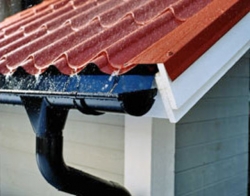
The rainwater flowing from the roof has a tremendous destructive force. Firstly, the walls and the foundation of the house are wetted, which leads to their rapid wear. Secondly, the water falling from a height onto the blind area is knocked out and washing hollows on it in a short time. A concrete blind area can quickly collapse, like paving slabs. Thirdly, all water flowing from the roof is absorbed into the soil right next to the house, which leads to flooding of basements and basement floors. You can list the consequences for a long time, but it is already clear that it is necessary to drain water from the roof. To do this, under the overhang of the roof, a gutrum is necessarily mounted, which collects water flowing from the roof and directs it to the place intended for this on the site. To do everything right, you should familiarize yourself with what elements of the drainage system will be needed, from what materials they can be, as well as with the technology of their installation.
- Water drain from the roof elements
- Types of gutters and drainage pipes
- Types of brackets for fastening gutters
- Installation of the rainwater drain system from the roof
- Where to take water from the roof
Water drain from the roof elements
There are two types of drainage systems external and internal.
External drainage system It is installed on roofing overhangs if the roof is pitched (single -sloping, gable, valmova, etc.). This type of system is used on most country houses, which is why it is it that we will consider in more detail.
Internal drainage system It is equipped on flat roofs, where the roofing material has a special slope leading to the funnel of the rainwater receiver, which then enters the drain pipe inside the structure or in the technical cavities.
Elements of the external drainage system:
- Distribute gutter. Serves to collect water flowing from the roof of the house. It can have a different shape and dimensions, made from various materials. Further, the gutter is directed into the drain pipe, which directs water into the water drain from the roof.
- Connectors for gutters. Typically, the gutters of the drainage system are not more than 2.5 m, therefore, to install the gutters on the roof, the length of which is larger, it is necessary to connect the gutter among themselves. The connectors are equipped with rubber seals, which ensure the tightness of the connection, and also serve to compensate for the temperature expansion of the gutter material.
- The angle of the gutter. Various corner elements for the enforcement of the internal corners of the house. Provides excellent hydrodynamics.
- Brackets. Various kinds of elements that are necessary to fix the gutters to the roof. It can be a long hook for hanging gutters, the hook is short, the hook is compact. All of them have a different design and are used in different situations.
- The funnel of the gutter. With it, water from gutters is collected in a drain pipe. The mandatory element for the installation of the drain, with proper installation, additional sealing is not required.
- The plugs of the drainage gutterthey are installed along the edges of the gutter so that water does not flow out.
- Pipe. Water from gutters merges into it. Next, the water is drained through the pipe into the place intended for this. It is installed under the funnel and is reliably fixed to it.
- The knee of the pipe and The knee of the drainit is used to drain water away from the base and the blind area. The pipe knee serves to change the direction of the drain pipe. The drain knee is installed below so that the water falls straight into the storm sewer.
- Pipe mounting brackets. They serve to fix the drain pipe to the wall of the house, so that its position could not break the gusts of wind.
In addition to the above elements, a protective a cap-network for a gutterSo that garbage, for example, leaves does not fall into it. After all, a clogged drain begins to perform its functions poorly. Also, instead of the drain pipe, decorative gutters can be used, along which water flows into a container or on a flower bed located immediately under a funnel. Such a chain can be a real decoration of the house if it is correctly beaten by other exterior items and choose a gutter organically combining with a chain.
Types of gutters and drainage pipes
Gutter and pipes are the main elements of the system that ensures the removal of rain water from the roof. On the market you can purchase ready -made sets of drainage systems, consisting of various elements, after the connection and installation of which you can be sure that the collection and runoff of rain water is provided. The main thing is to choose the right size. Typically, the diameter of the gutter varies from 90 mm to 150 mm, and the diameter of the drain pipe is from 75 mm to 120 mm.
What diameter is the groove and the drain pipe depends on the size of the roof of the house. For roofs with a small slope from 10 to 70 m2, a gutter with a diameter of 90 mm are suitable, and pipes are 75 mm. For roofs with a slope area of \u200b\u200bmore than 100 m2, a gutter with a diameter of 100, 120, 130 and 150 mm are used, and pipes are 90 mm, 100 and 120 mm.
In addition to the size, the elements of the drainage system are distinguished by the material of manufacture and even the shape.
Material of gutters
Distribution systems, including gutter, may either be metalor plastic. Metal gutter of galvanized steel, aluminum, copper, titanium-zinc and pool (galvanized steel covered on both sides by polymer) include.
Glorobe of galvanized steel Although they are more resistant to the influence of water than the gutter of tin that were used earlier, nevertheless, they quickly fail under the influence of acid rains. Therefore, recently they have been used less and less, and only because they are the cheapest. But products covered with polymers, for example, purl, are resistant to corrosion, fading of the material, as well as mechanical influences. Such gutters are available in a wide range, so you can choose a product that best combines with the facade of the building. The connection of the grooves made of galvanized steel covered with polymer is carried out using special connecting elements with sealing elastic bands, locks and brackets. And the brackets have a snapping design. The disadvantage of such products is the fragility of the coating, which can be damaged during transportation or installation, and then rust will form at the site of the chip of the polymer coating.
Aluminum gutterthey are covered with varnish or stained in different colors, so they serve for a long time. Products are bought in finished form and connected by rivets and glue for aluminum, and a special pasta or silicone can also be used for compaction. In addition to finished products, it is possible to make a drain for water from a roof from sheet aluminum directly on the construction site, cutting the canvas and arched in a certain way.
Copper gutter They are considered the most durable. They are made of clean copper without additional coatings. They are interconnected by a fold or soldering. Most often mounted on folding copper roofs. Over time, copper oxidizes, acquiring a greenish tint, and later almost malachite. This is the so -called patina oxide copper. It gives the whole roof a certain sophistication. Against the general background of such a roof of the gutter and the drain will not be released at all, as if being one whole with a roof.
When installing copper gutters, it is necessary to remember that they should not in contact with other metals aluminum or steel, and the roof of the house should also not be made of these materials, otherwise the water flowing from them will lead to copper corrosion.
Titan-tint gutter It may have a natural silver color, or it can be specially covered with a patina. By the way, a titanium-zinc is called a material that consists of zinc by 99.5 %, and the rest is the addition of copper, aluminum and titanium. Titan in this case gives a certain strength to the product, since zinc itself is very fragile. Titan-cink groove is connected by soldering, during which special pastes are used. This type of gutters is the most expensive of existing at the moment, so it is extremely rare. But it can last up to 150 years.
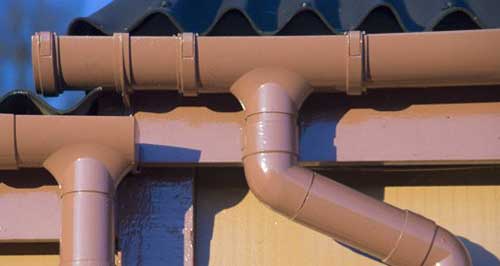
PVC gutter the most common. The plastic from which they are made is stained in its mass, so the color of the product is homogeneous and even if the surface is damaged, this will not be noticeable, as if the material was painted only outside. To make PVC more resistant to ultraviolet rays and chemical aggression, the surface of the gutters is covered with acrylic or titanium dioxide. Between themselves, a PVC groove is connected using connecting couplings with rubber seals, a latch and adhesive compounds. The service life of a drain from PVC can reach 50 years, and everything due to the fact that PVC is not afraid of corrosion, withstands temperature changes (-50 C +70 C), as well as large snow and wind loads. In the process of snow mating from the roof of PVC gutter, they are not damaged due to the fact that they do not have a vulnerable coating. For example, if the ice is scratched from the roof, such a groove will last long.
The shape of the gutters of the gutters
In addition to the fact that the gutter is made of various materials, they can still have a different shape. The sections of the gutters are as follows: semicircular, trapezoidal, semi -Elliptical, square and rectangularas well as imitating the shape of the cornice.
The semicircular gutters are the most common and are suitable for any roof design. Their casuals are turned out inside and outside are ribs of stiffness, which increase the stability of the gutters to mechanical loads. Semi -elliptical gutters can accommodate and move a larger volume of water, therefore, they are used to drain water from the roof of a house with a large area of \u200b\u200bthe ramp. Square and rectangular gutters are selected for a certain design, so they are not used everywhere. In addition, such a design can easily be damaged while snow melting from the roof, therefore, it is mounted in a special way, and snow retainers are installed on the roof.
No matter what form of the gutter is chosen, the pipes should correspond to them: for semicircular and semi -elliptic gutters, round pipes, and for boxed (square, rectangular and trapezoid) square.
Types of brackets for fastening gutters
The brackets for attaching gutters differ in size and shape, as well as the place of fasteners. It is on the place of fasteners that the form depends:
- The brackets fixed to the wind board, which is nailed along the roofing. Such hooks are called frontal brackets, they are screwed with screws to the wind board and have a control mechanism.
- Flat curved brackets They are fixed to the rafter leg, if the step between the rafters does not exceed the permissible distance between the brackets for the gutter, and can also be fixed to the extreme rail of the crate or to a continuous plank floor.
- Flat curved brackets can be attached to the lateral part of the rafters, only preliminarily bend them.
- Universal brackets You can fix it anywhere: to the wind board, to the last rail of the crate, to the rafters in the front or side, as well as to a solid plank floor.
Typically, the brackets are complete with gutters and the entire drainage system, so they exactly correspond to the shape and color of the gutter. For example, for trapezoidal gutters, special trapezoidal brackets are used. The same applies to other species.
The material of the brackets depends on the material of the gutters. For copper products, copper or steel brackets are used. For titanium-chip grooves, only titanium-chic fasteners. But for PVC grooves or galvanized steel covered with polymer, metal brackets are used, which are covered with a composite membrane or painted as a gutters.
The sizes of holders and brackets must correspond to the size of the gutters. Although there are universal models that can be adjusted, so they are suitable for gutters and pipes of any diameter.
Installation of the rainwater drain system from the roof
The installation of the drain system on the pitched roof is easy enough so that it can be performed by one person with a partner. Although in the installation technology itself there are some important nuances and little things that determine the reliability of the entire system. If you doubt your abilities, it is better to trust the installation of specialists. The fact is that manufacturers of drainage systems for the most part give a guarantee for the product. If in the process of transportation or installation the elements of the system are damaged, then the warranty is canceled. If you seek help from professionals, you will have a guarantee not only for products, but also for work performed.
If you decide to install a drain for water from the roof yourself, then the instructions are useful to you below.
First of all, you need to decide what material the drain is necessary for you, what shape and color. Then the calculation is performed, how many elements are required. After buying all the necessary, you can proceed to the work itself.
Consolidation of brackets
It is extremely important to correctly determine what it is better to fix the brackets specifically in your case. Remember, the distance from the gutter to the wall should not be less than 6 8 cm. Otherwise, the wall will get wet, if not from wastewater, then from condensate.
The next rule of the groove should be located with a slope of 5,20 mm per 1 m linear so that the water does not accumulate in it, and settled in a funnel and a pipe by gravity. Therefore, the brackets must be attached not on one horizontal line, but with a displacement. Before you start installing brackets, you need to hang the required slope and outline it. Only then you can start installation.
How to collect water from the roof and correctly calculate the slope? We take the length of the slope, for example, 8 m. The slope should be 10 mm per 1 m. It turns out that the difference in height between the upper and lower brackets should be 80 mm. If the length of the slope is more than 12 m, then it is necessary to equip two drain pipes, and the gutter is performed with a slope in two directions. Starting from the middle of the slope, the left side of the gutter should have a slope to the left and down, and the right side to the right and down.
The first top bracket is the first to fasten. It should be located on the opposite side of the drain pipe. It must be installed in such a way that the water flowing from the roof falls into it, but it is not in the way of converging avalanche snow, otherwise the system will not withstand. The distance from the edge of the roof to the first upper bracket should be 10 15 cm. It is fixed using self -tapping screws.
The second is attached to the last lowest bracket. It must be fixed on screws, without twisting to the end. Then, a construction thread is pulled between the brackets and places for attaching intermediate brackets are noted along it. The distance between the brackets should be 40 70 cm depending on the system, the most common step 50 cm. All intermediate brackets are fixed.
Important! During the installation of brackets, it is important to remember that the gutter will be interconnected, and the bracket should not fall in place under the connecting element. Also, it should not be under the receiving funnel, but at a distance of 10 20 cm from it.
By the way, the receiving funnel is installed not in the corner of the slope, but 40 70 cm closer to the middle, at the level of the walls of the house.
Therefore, the last lower bracket must be rearranged just above the position in which it was fastened first so that the water could drain into the funnel.
Installation of gutters
Next, the gutter is assembled and installed on the brackets. Typically, the gutter is produced 1 m, 2 m and 2.5 m. Therefore, the elements must be pre -combined. To do this, use elements with a sealing elastic band.
A plugs are installed along the edges of the gutter, and in the laid place the receiving funnel/storm receiver. The axis of the funnel of the funnel should coincide with the axis of the hole cut out in the gutter.
The gutter should have a slope not only in the direction of the receiving pipe, but also to the side of the house. This will ensure safety and reduce the possibility of damage to the gutter when the avalanche of the snow.
Installation of drainage pipes and holders
The last drain pipes are installed. The drain pipe should exactly be located under a funnel/storm receiver. The pipe is fixed to the walls with special holders or clamps. The mounting of the clamps depends on the material of the walls, it can be screws, nails, screws or dowels.
Pipic holders must be placed in places of connection of the pipes under each bell. The maximum distance between the holders is 1.8 2 m. The last element of the pipe, the drain knee should be located in such a way as to take the water to the place intended for this.
Where to take water from the roof
Well, the drainage system is installed on the roof, it remains to decide where all the water collected will be removed. And there are several options:
- Drainage water drain from the roof to the container. A barrel or a tank for rain water can be placed at a distance from the house (about 0.5 5 m) on top, or you can bury in the ground. Water flowing from the roof will accumulate in the container, and then it can be used to water the garden or garden.
- Dragging rainwater into a filtration well. If rainwater is not needed, and you are not going to water anything, then you can take it to the assembly filtration well. A pit is dug up in the ground, at the bottom of which a layer of crushed stone falls asleep. Then, a concrete well is equipped with a concrete, which is also covered with crushed stone interspersed with sand, and sand from above. This add -on serves as an absorbent element. Seeping through the sand and crushed stone, the water is cleaned. Such a well should be located at least 2 m at least 2 m, otherwise the level of groundwater around the house may rise.
- Drainage water into the sewer. If the private house is connected to the central sewage system, then rainwater can be taken to it, but only by agreement and for a fee.
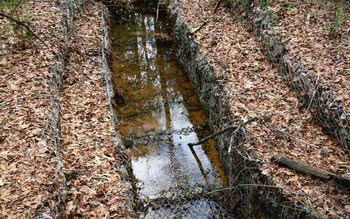
- Drainage water drainage or reservoir drain. The rainwater is clean enough so as not to harm the ecosystem if pour it into a drainage ditch or pond (lake, river, artificial copopa). The main thing is to calculate that the water level in the drainage ditch does not rise too high in the case of heavy rains.
The removal of water from the roof of the house is required so that it does not wash the foundation and does not destroy it. Therefore, if there is an opportunity, then it is necessary to equip a full -fledged drain system. If this is not possible, for example, this happens if the roof is rolling and made of natural materials of reeds or straw, then its overhangs should protrude outside the house at least 50 cm. It is desirable that water drains directly to the ground.

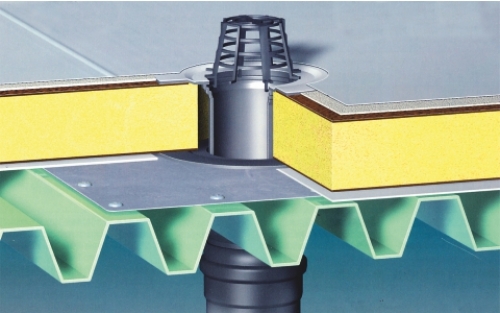
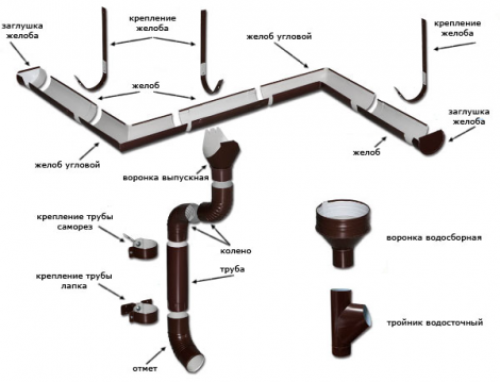
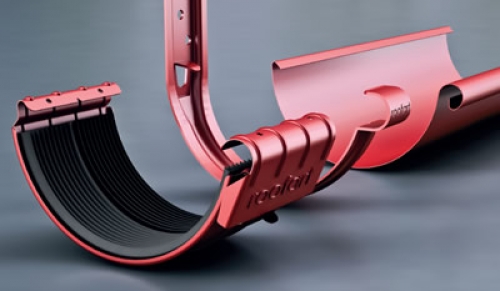
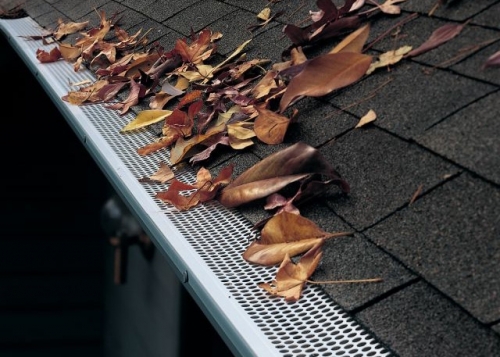
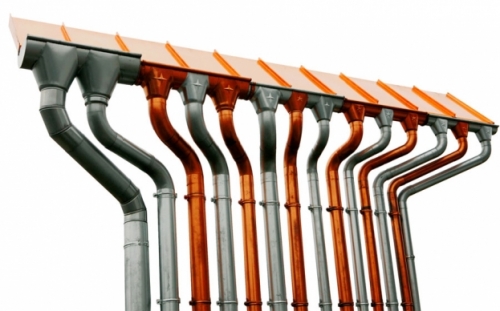
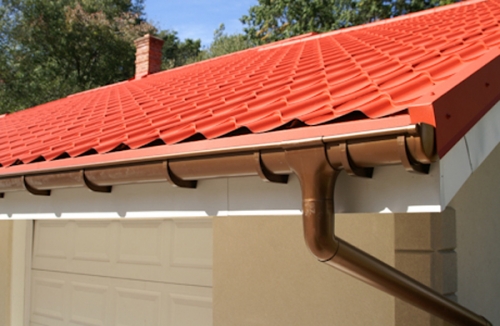
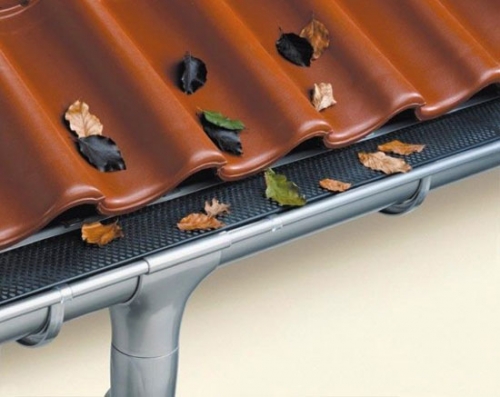
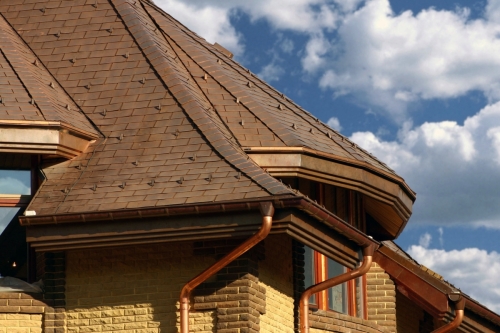
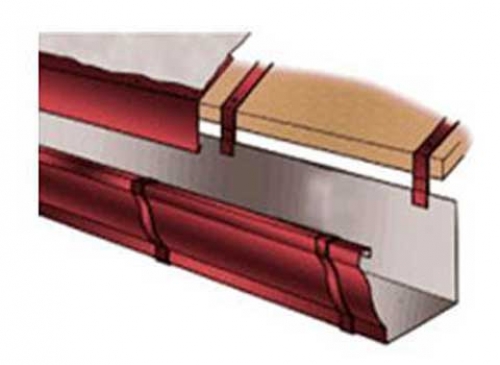
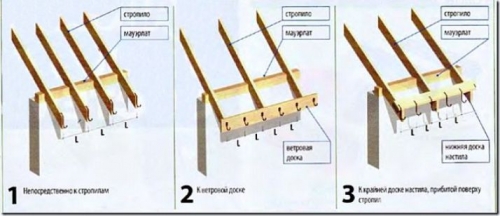
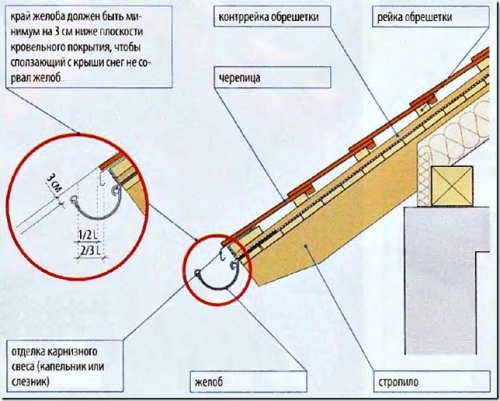
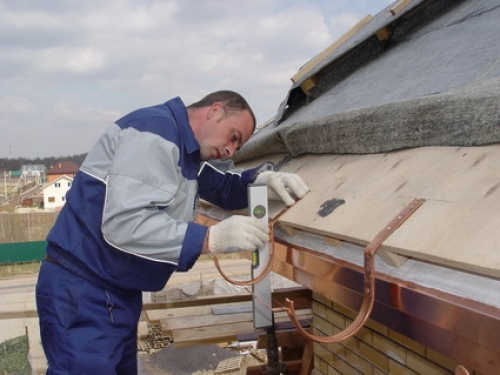
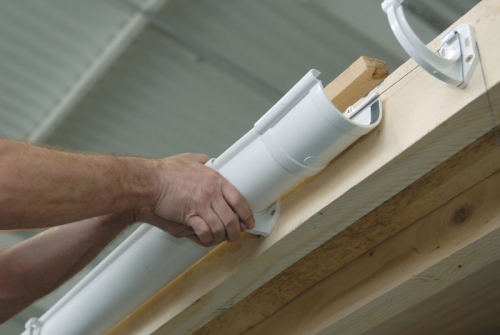
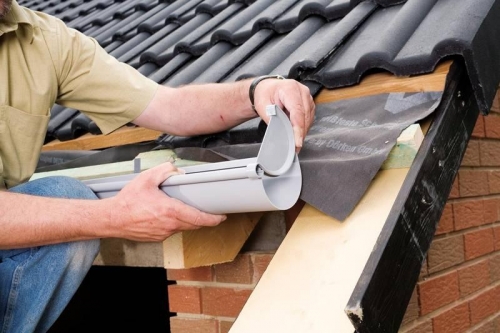
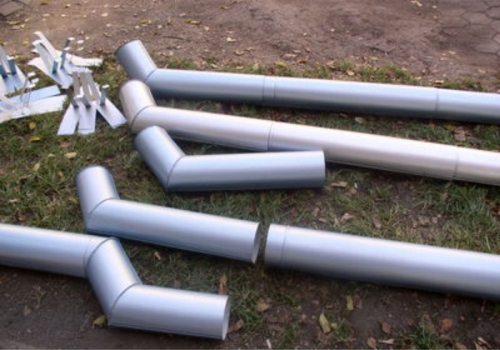
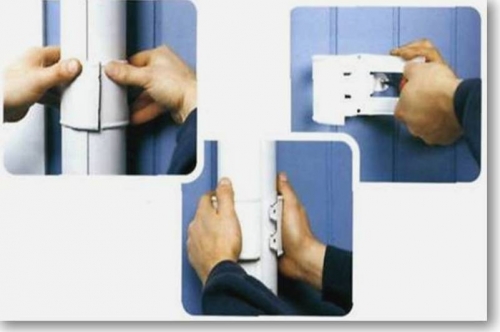
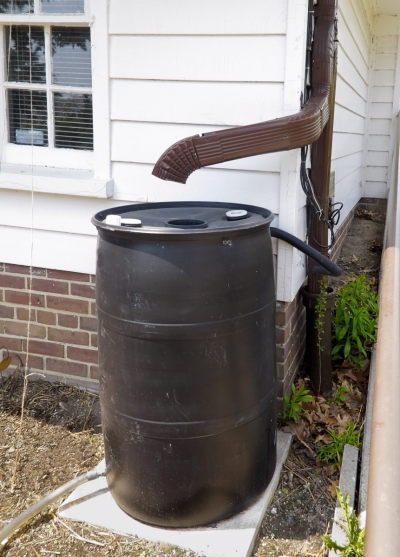
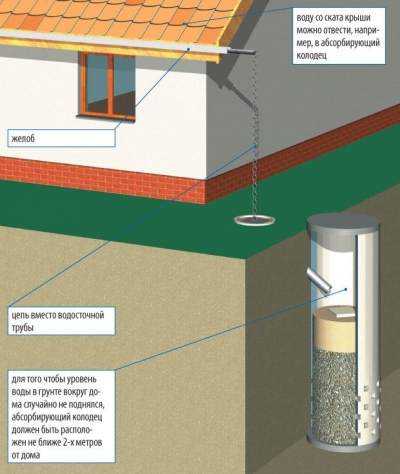


where to buy and who can help
where to buy and who can help in installation
all information here
here all the information https://polyfacture.ru/catalog/livnevaya-kanalizatsiya/
Good afternoon I wanted to order
Good afternoon I wanted to order a drain on the roof of the house with the installation of the address of Kendal Talgar RAO
Yon tel. 87715012169